Very spiritual moments: Jlin is pushing the limits of experimental dance music
The American artist came up via footwork, but is now forging a new sound that's all her own making
Mixmag Gold profiles the most important artists in electronic music right now. Next up: Jlin
Jerrilynn Patton was working 96 hours a week in a steel mill in her hometown of Gary, Indiana, when her debut album, 2015’s ‘Dark Energy’, flipped the script on what footwork could sound like. Elegant, intricate and precise, her take on Chicago’s dance battle soundtrack is unusually short on samples (save the occasional quote from a movie) and fearsomely complex, fired out in spindly thickets of percussion which push bodies into spasmodic, ecstatic new shapes.
Juke spotters had already heaped praise on 2014’s ‘Erotic Heat’, the freakiest gem from Planet Mu’s second ‘Bangs & Works’ compilation, with avant-garde fashion genius Rick Owens tapping her up to soundtrack his FW14/15 runway show with a completely reworked version of the track. By the end of 2015, ‘Dark Energy’ had landed in countless end-of-year lists and a queue of hopeful collaborators was forming, from groundbreaking choreographers to global sports brands.
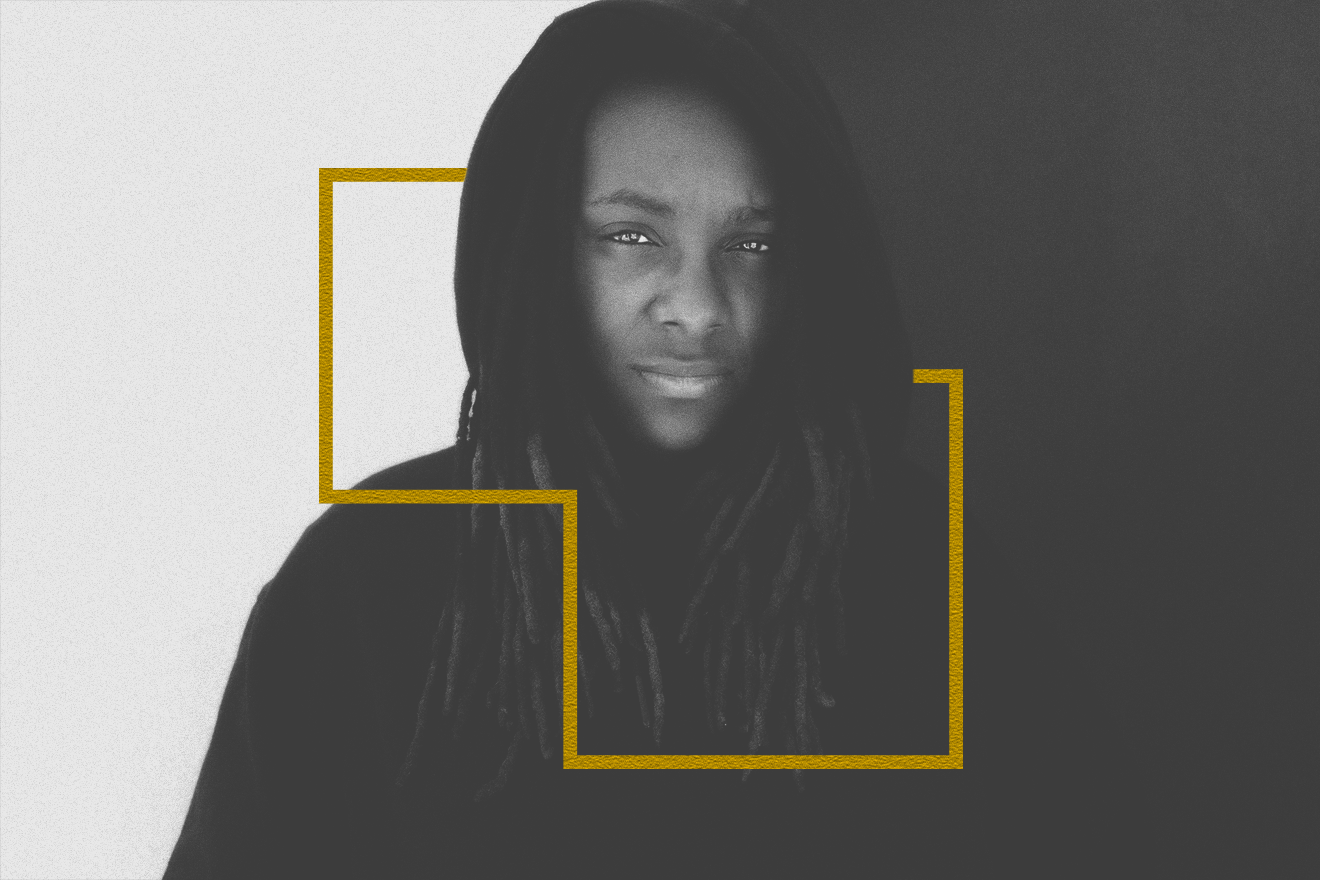
Last year Patton quit the steel mill to dedicate her energies to her astonishing second album, ‘Black Origami’, which sees the 29-year-old pushing further into “dark spaces” and further from her footwork roots. When she describes her music now, she simply calls it “naked”. Featuring contributions from legendary ambient composer William Basinski, Cape Town rapper Dope Saint Jude and avant-techno artist Holly Herndon, the album is spacious, spooky and relentlessly physical, drawing on battering drumlines created with a range of percussion, including bongos, congas, tabla and a storm drum. It’s a dance record for limbs that yearn to move in another direction. No wonder Wayne McGregor, one of the greatest choreographers of his generation, has hired her to score his next ballet.
We caught up with Patton ahead of Black Origami’s release this month to find out about her “east meets west” collaborations, evolving away from footwork and the urge to make something from nothing.
Interview and exclusive stream of ‘Black Origami’ below
Your new album is called ‘Black Origami’ – what does that title mean to you?
Origami is the art of folding paper into something complex, something beautiful. In terms of my album, instead of it being a sheet of paper, it's sounds. I ended up folding it in such a way that sometimes it surprised me. I never knew the outcome. I have no idea how to start and no idea how to finish, I just know when it's done. As far as calling it ‘Black Origami’, I create my best work from dark spaces. People have this misconception of the words dark and black – they take them as a negative thing, when in fact they’re quite beautiful. I like having to draw from nothing. There's nothing in front of you to grab from, you're just reaching.
That sense of going into the darkness and seeing what you find, is that a therapeutic experience for you?
Yes, it can be therapeutic as well as very draining. Probably more times draining than therapeutic, but I like that because it pushes me. There are certain tracks I go back and listen to and it sounds like I didn't even make it. And then there's certain things where it’s like, ‘OK, you did this and it can be better’. Not in a competitive way, but more that I just love the drive. People say that we use 10 per cent of our brains – well, I wish I could use 100 per cent of my brain.
There's a lot of fine detail in your music, I can sense how it might be draining – it's easy to get lost in that detail.
Very much so. It can become so detailed, peeling away these layers and layers and layers. It can be very exhausting. I've definitely been lost in my work, many times, but I like the way Sade put it – it's like being on the boat, you're steering the boat and the boat will sometimes get off-course. And off-course is putting it mildly!
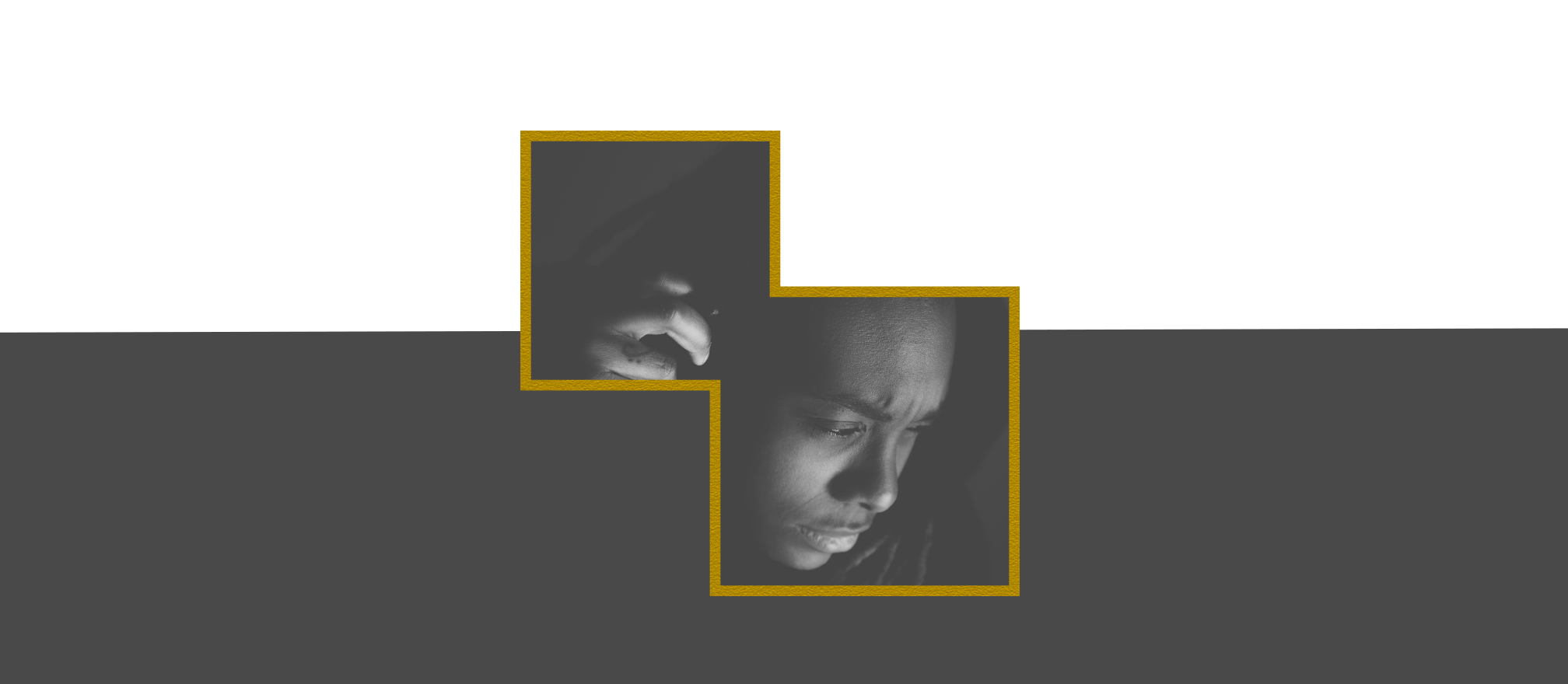
Would you describe ‘Black Origami’ as a footwork album?
Not even. Do I consider myself a footwork artist? Absolutely not. Do I know how to make footwork tracks? Yeah, I do. Before it turned into my career, footwork was the root of it, yes. But I started as footwork and it evolved into something else. What that something is, I cannot tell you, and I really like the fact that I can't label it. When people ask me what would I call it, the best thing I can tell them is that it's naked. If ‘naked’ could be a genre then I would just call it naked, ‘cos you're getting the vulnerability of me. When you hear something that I made, that is what you're getting. That is me exposing myself, my work, my passion in front of an entire world of an audience.
So you've never been too involved in the scene in the Chicago?
Not really. I was in a footwork group at the time, we were called Bosses Of The Circle, but I wasn't in Chicago. Living in Indiana, I wasn't one to go to Chicago all the time, and I'm still that way. I have friends who are into footwork very heavily, like RP Boo. And I was very close to DJ Rashad. RP Boo had mentored me at that time, as I was coming up in footwork – not necessarily teaching me how things work, but more as a person who saw my potential and let me exercise it. He never tries to box it. Rashad was the same way, he never tried to box me. Me and him didn't talk a lot, but when we did talk it was always very informative. When he died in 2014 it was crushing to a world of people, including myself, which is why I made a track dedicated to him on ‘Black Origami’ called ‘Holy Child’.
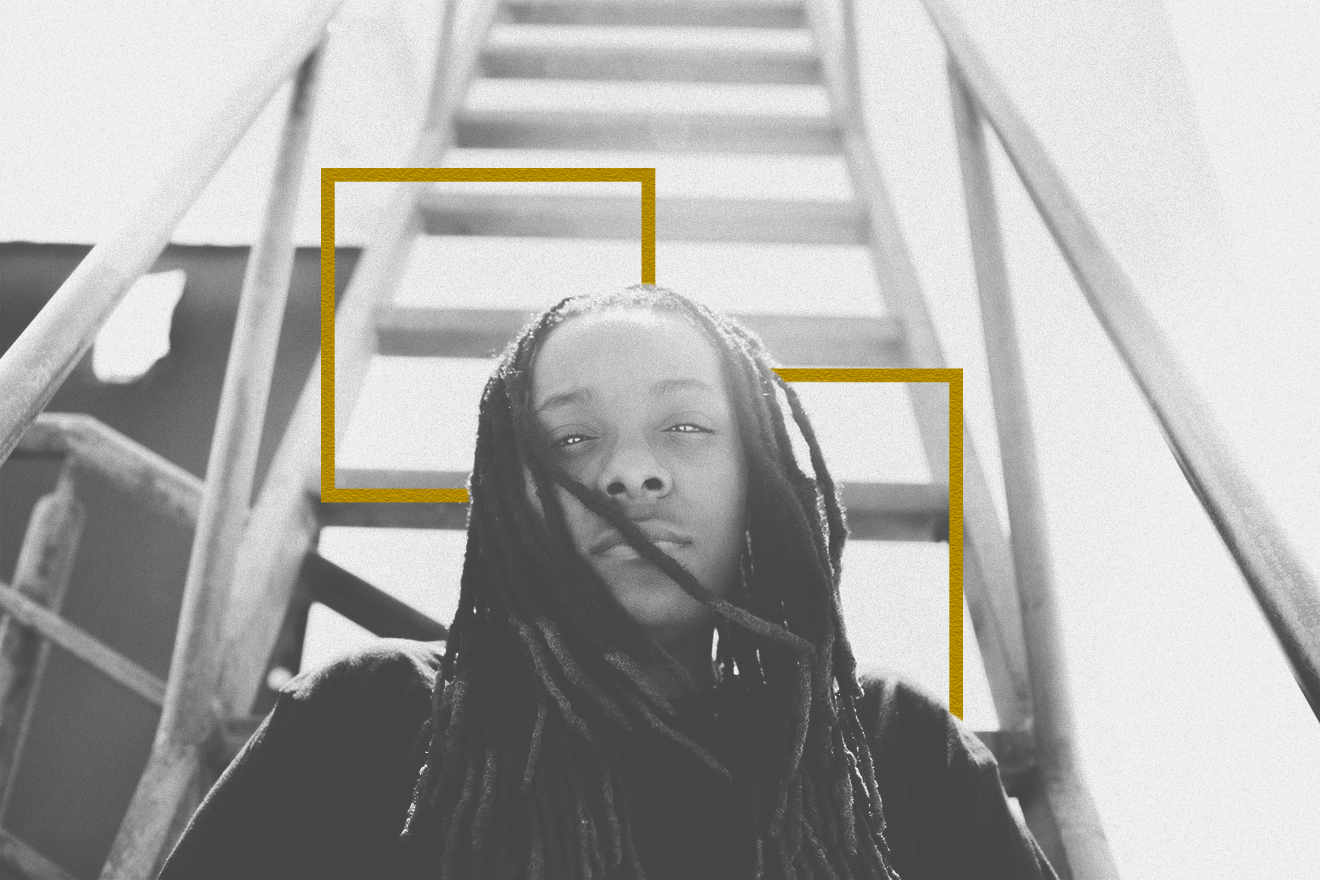
You’re now working with the choreographer
Wayne McGregor, who chose one of your tracks for his Desert Island Discs episode. How did that collaboration begin?
We met last year through Unsound and he really liked my work, and he approached me about composing for his next ballet. I was quite shocked. I had always wanted to go to a ballet – I had told myself, ‘Before you die, you gonna go to a ballet.’ I just didn't know that the first one I was gonna see was the one I'd be composing for! So it is quite something. Wayne is brilliant, his work is just phenomenal. You emerge in two different spaces, as two different types of artists, and the most important thing is to make it work and make it blend, where it’s natural and not forced. It's almost like me and Rick Owens – you're taking two worlds, in that case the worlds of fashion and music, and it doesn't matter, the art should never be separate. To me, the arts should have never been separated to begin with, because they're all related.
A few years back you were commissioned by fashion designer Rick Owens to rework ‘Erotic Heat’. Do you find it difficult to follow a brief compared to how you normally work?
No, because that person depends on me to be myself. It may take me a minute where I have to adjust, I may feel excited about something and then have a moment of intimidation, but you always have to remember: if someone approaches you, they expect you to be you because they like your work. So it is important to be authentically you. Everything you do is a learning experience, whether it's successful or you think that it’s failed, ‘cos even when you think that it's failed, it was still a step towards your progress.
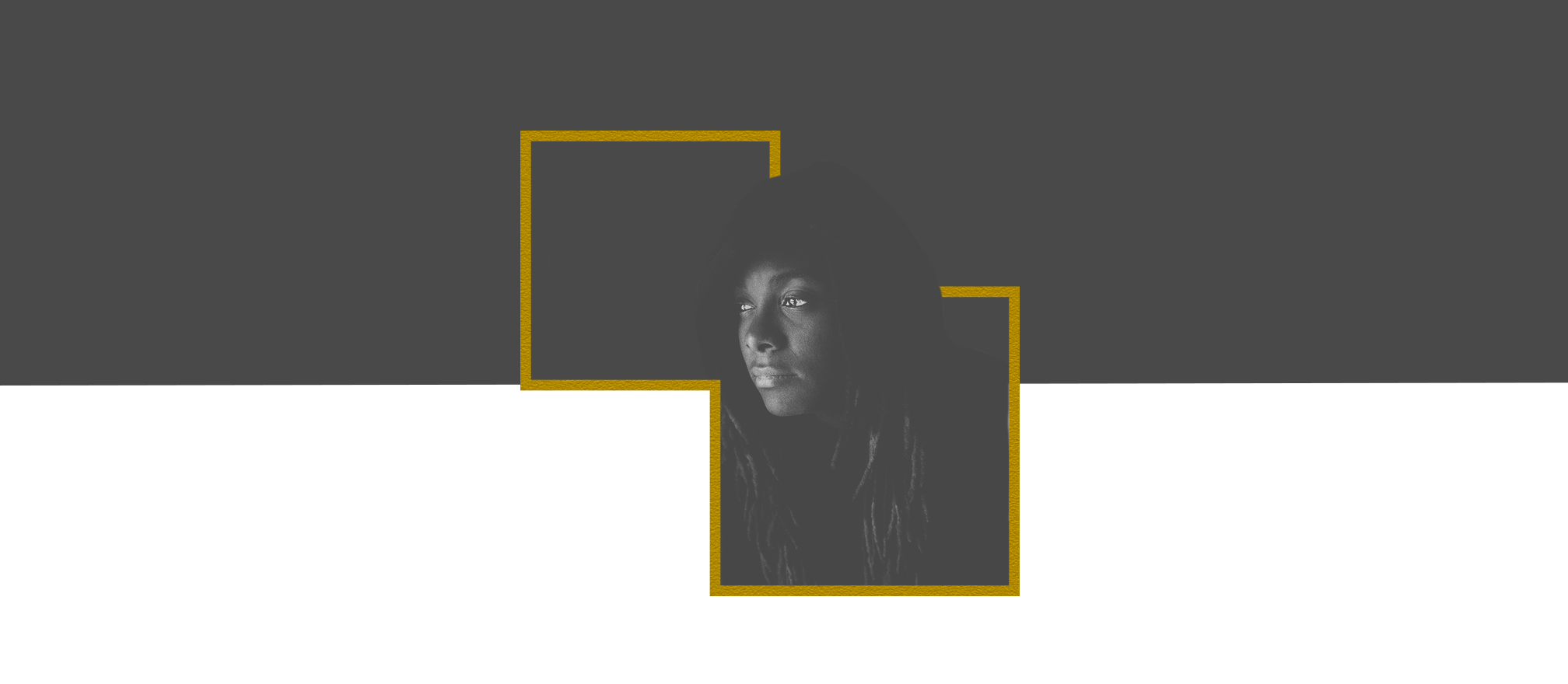
How did you get to work with William
Basinski, who’s known for his long, slow drone pieces, on ‘Holy Child’?
It’s like putting east and west together, I know. We met in LA, we had both performed at the Broad Museum. I went down to watch his band on stage and I was blown away. Then they came to watch me perform. William came up to me and gave me the tightest hug and said, 'You know we getting ready to work together, right?' I was so excited, and at the time I didn't know who William really was – when I found out everybody was like, ‘William Basinski?! He's a legend!’ So I was doing some research on him and listening to his work. He's a genius, he's a brilliant mind.
In terms of the way you both work, the materials you use and the results, it’s hard to think of two more different artists.
That is exactly why I had to do it. It was so important, for that reason right there. Not because I was trying to surprise my audience, but more because, like I said, the art should never be separated. How did you put a Jlin and a William Basinski in the same space? You can't! And that's the thing – you have to break the barrier of the way people think. We have generalised and put genres and labels on everything – it's like it's not even possible to put two people who are in two different genres together. Everything has been so boxed and so separated. But now it's time to bring them back together.
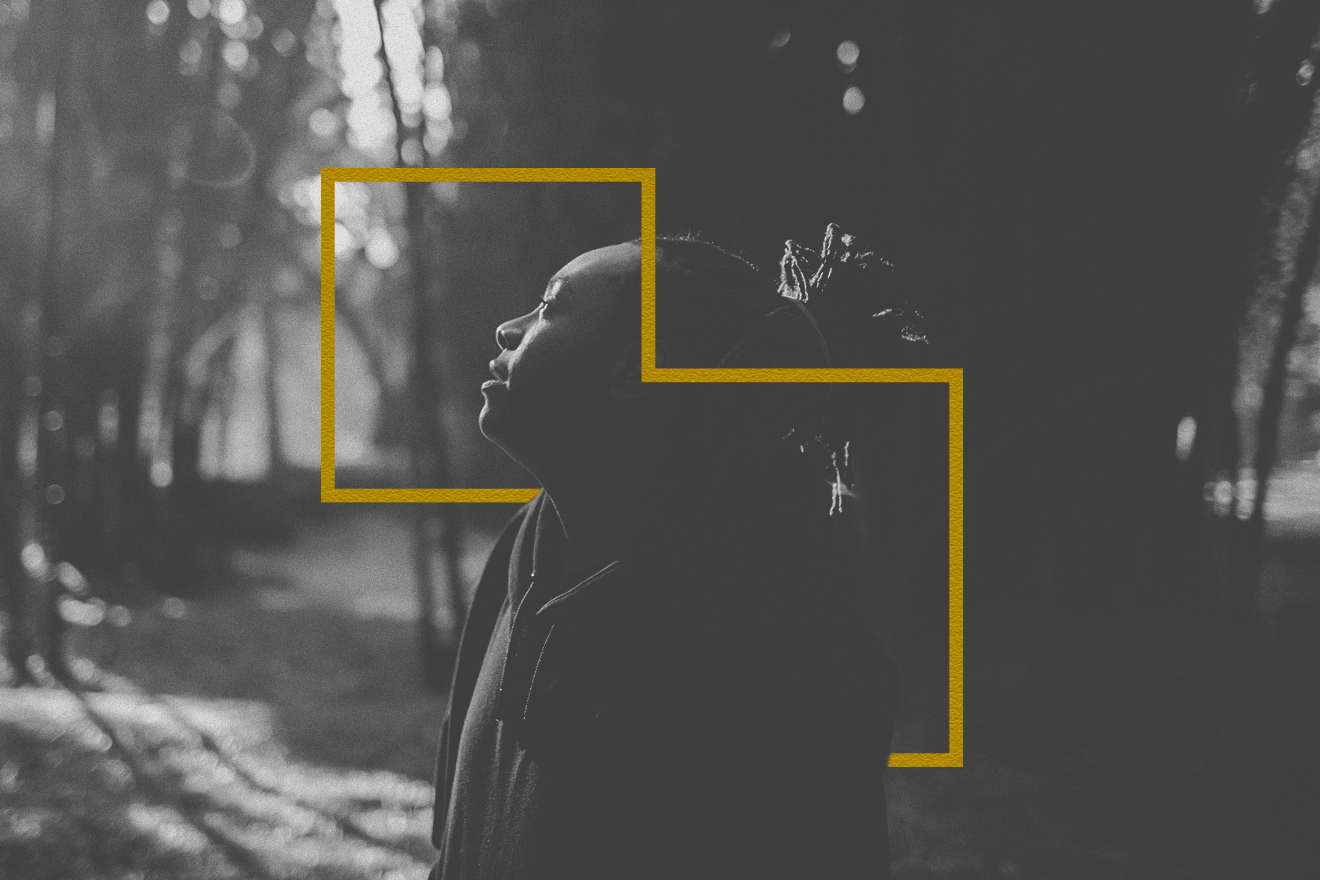
What made you want to work with Holly Herndon again, on ‘1%’?
That's my homegirl! Every time we see each other it is so much fun. If you ever watched Holly do a lecture you'd get this perception that she's this solid, very serious individual, and I'm not saying that she's not, but that's one side of her. We laugh constantly, we’re just goofy. We've been friends for six or seven years now. I had done ‘Erotic Heat’ on Planet Mu's ‘Bangs & Works’ compilation and she wrote me on Facebook and was like, ‘Oh my gosh, I've never heard anything like this.’ She was like, ‘I'm just gonna shoot you some stems and you just do whatever.’ And that was ‘Expand’ on ‘Dark Energy’. We were just like two chemists in the lab – let's just mix some stuff up and see what happens. ‘Black Origami’ was the same way, but this time we had to hurry up and do it ‘cos we are both so busy now. We can definitely work like that. I trust Holly's sound and Holly trusts me, so it's these two people with a magnetism.
Do you have any idea of how you’ll perform ‘Dark Energy’ on tour?
Every time I perform, it's not a performance necessarily for the people watching. It may be entertaining for them but not necessarily for me. Not in a bad way – a lot of those moments are very spiritual moments for me. You may see me do a show and I'm not even smiling, and it's not that I'm not enjoying myself, it's that I'm in that space by myself and there's nobody there, and I am giving this entity all of me. It's such a very strong energy there. That's not happened every show, but when it does happen I try to embrace it because it also brings me peace.
'Black Origami' lands on May 19 via Planet Mu. Pre-order here
Chal Ravens is a freelance journalist. Follow her on Twitter
Lawrence Abbott is a freelance artist and designer. Follow him on Twitter


